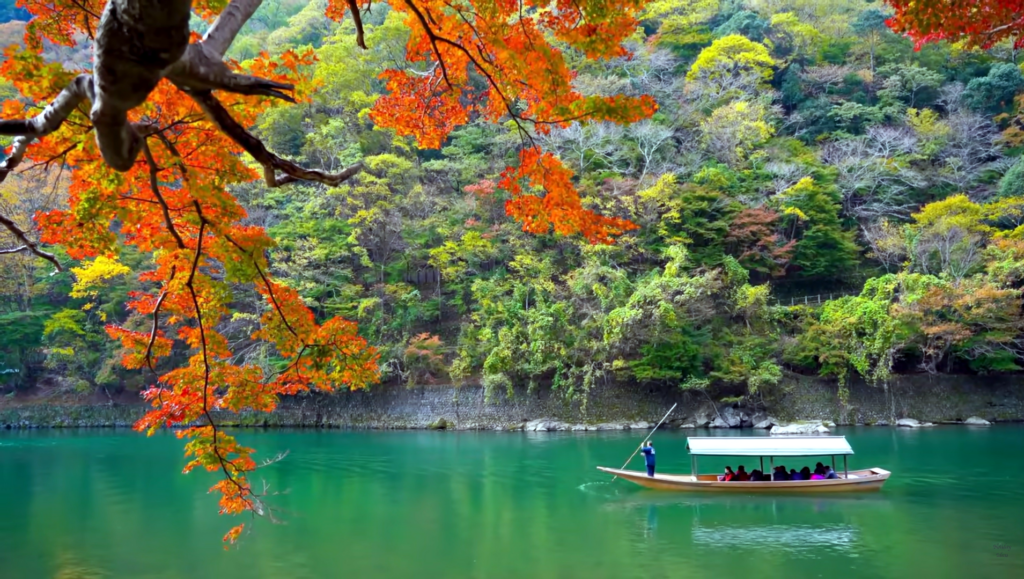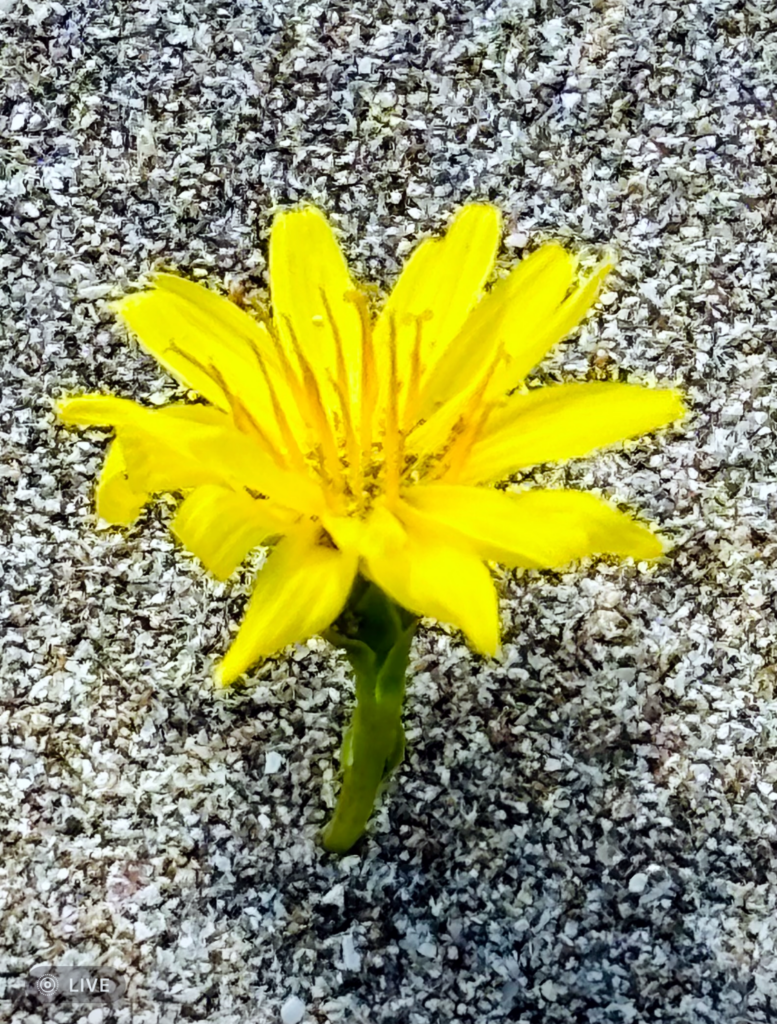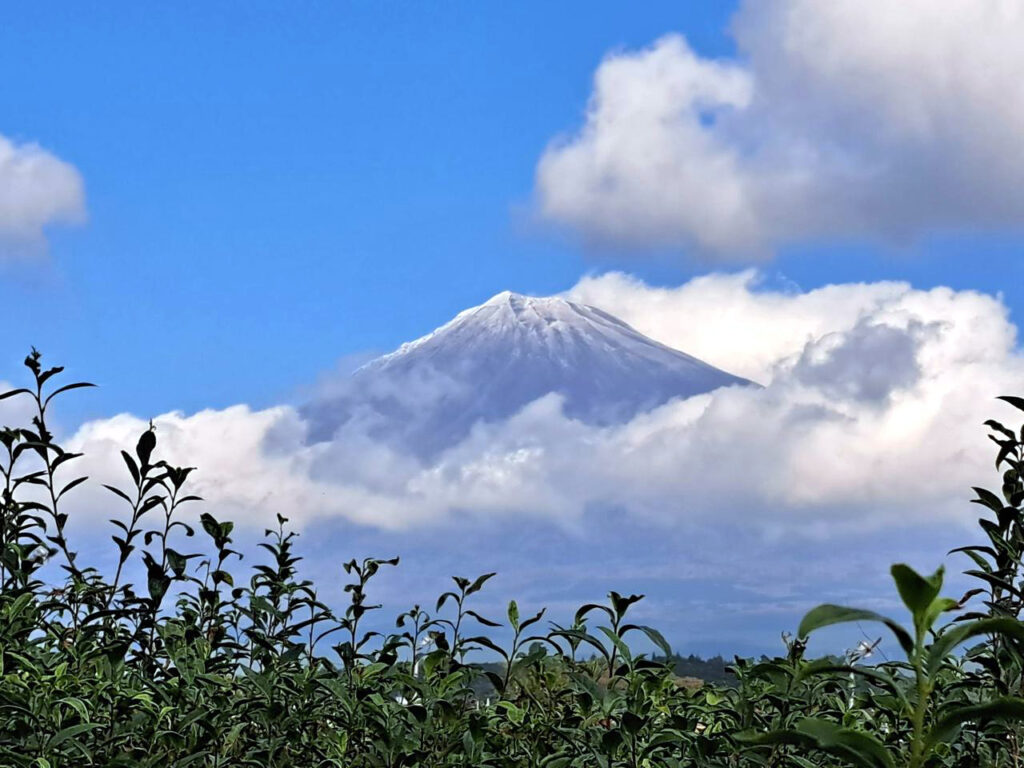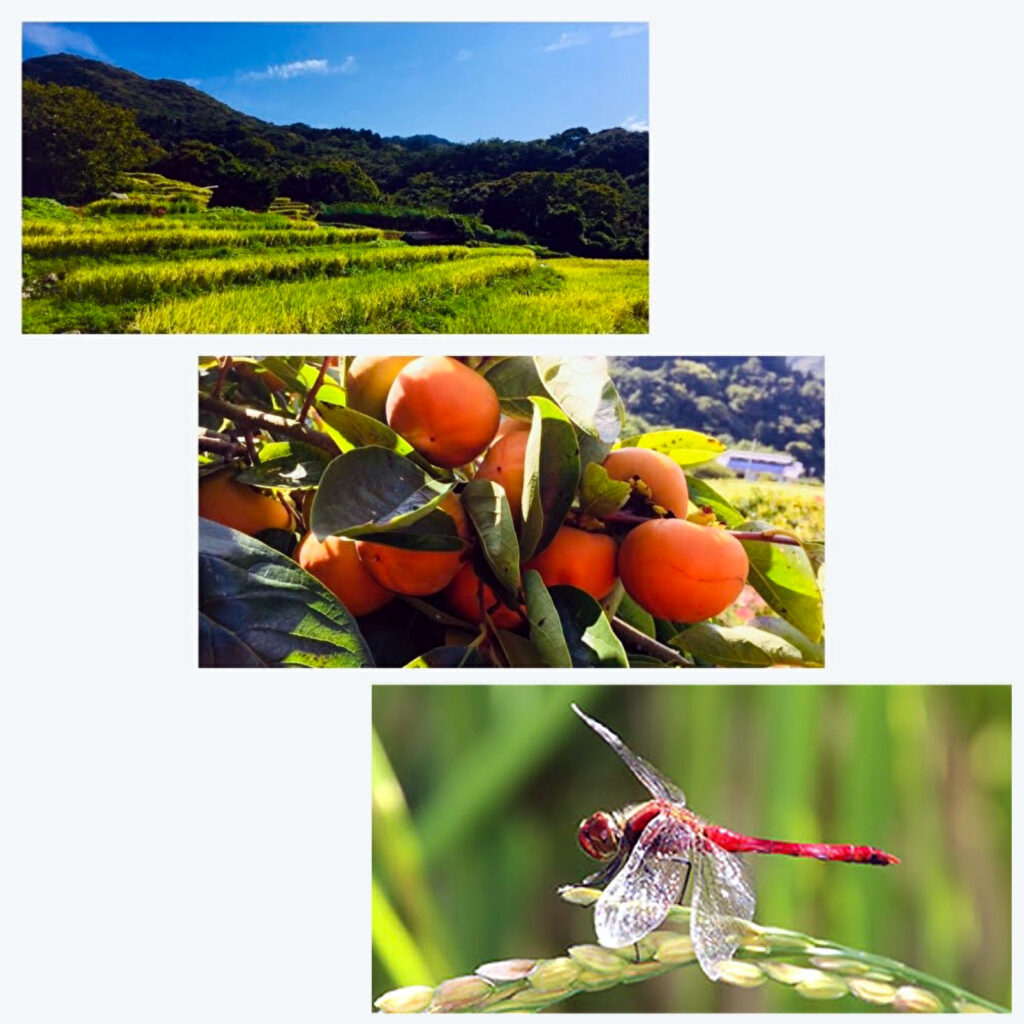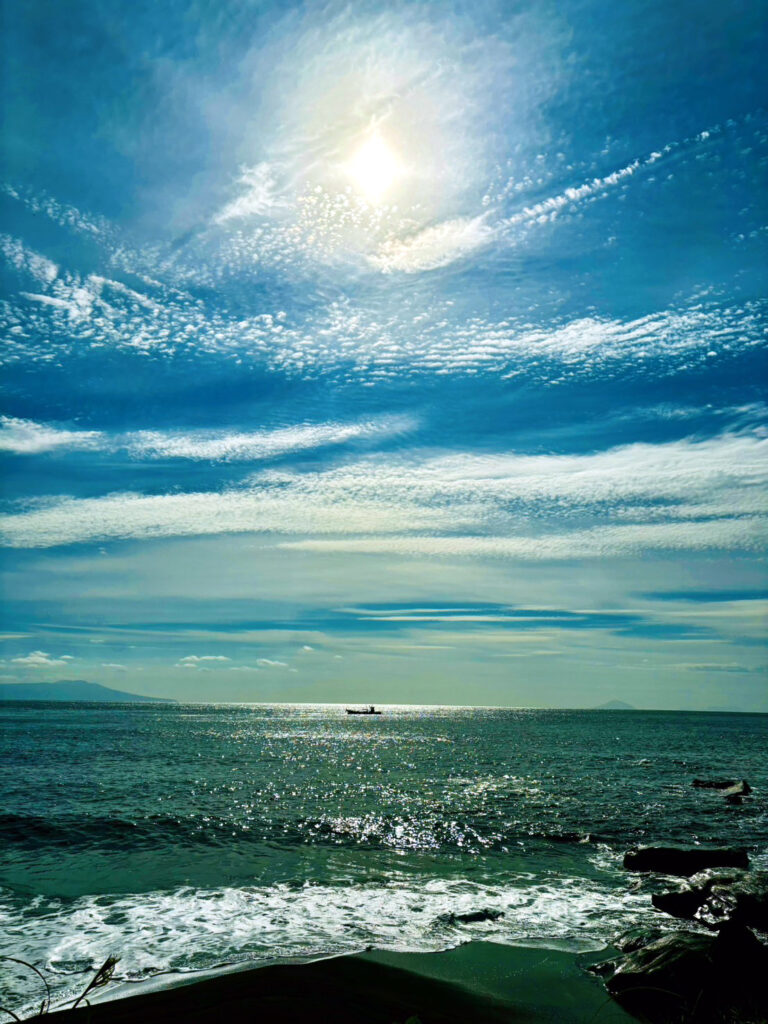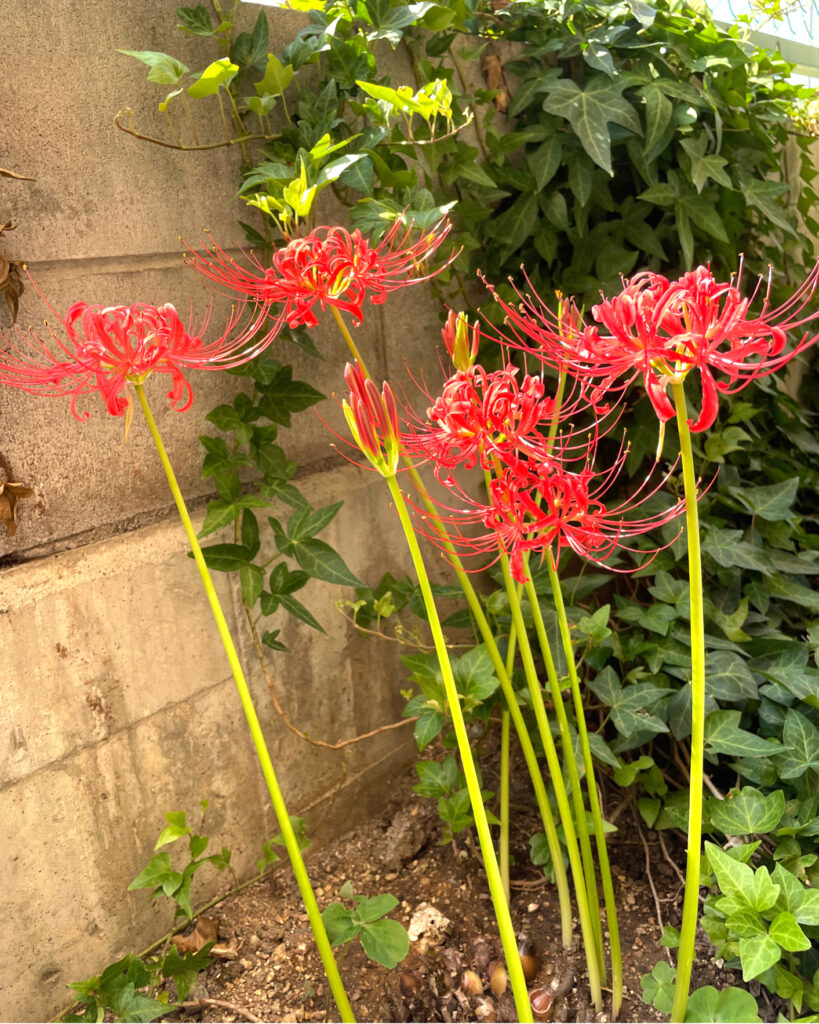
Rows of Kidachi Aloe blooming with red flowers are lined up. The chirping of birds, “chee-chee,” can be heard, and when I look closely, I see a Japanese white-eye (Mejiro). They’re commonly seen in spring when plum blossoms are blooming, but I never imagined they would be attracted to aloe. When I searched online, I found many similar stories shared, which surprised me. Japanese white-eyes are known to favor the nectar of plums, as well as peaches and camellias, so the nectar of aloe flowers must also be sweet.
It is said that there are over 300 species of aloe worldwide, but in Japan, Kidachi Aloe and Aloe Vera are the most popular, with a few other varieties known for ornamental purposes. Kidachi Aloe is believed to have been introduced to Japan around the Kamakura period, making it a plant with a long history.
Aloe has been used medicinally since ancient times, even before the Common Era. In Egypt, it was highly valued as the “plant of immortality,” which is likely how it made its way to Japan. Research on aloe continues today, and it has been discovered that the bitter compound known as aloin has benefits such as promoting digestive health and relieving constipation. Additionally, aloe is said to have moisturizing, antibacterial, and anti-inflammatory properties, making it useful as a topical treatment for wounds, burns, and insect bites. This is why it’s often called the “doctor in a pot.”
While aloe is widely used for medicinal purposes, it is also said that the famous Cleopatra used aloe as a facial toner to maintain her youthful beauty.
Aloe Vera is also familiar as an ingredient in yogurt or as a garnish for sashimi. Furthermore, due to its high moisturizing effects, it is often used as a cosmetic ingredient.
赤い花を咲かせたキダチアロエがずらりと並んでいます。チーチーと鳥の囀りが聞こえますのでよく見ると、メジロです。春、梅の咲くころにはよく見かけますが、アロエにメジロなんて考えてもいませんでした。ウェブサイトで調べてみたら、同じような体験談が結構載っているんですね。驚きました。メジロが好むのは梅のほかに、モモやヤブツバキといった甘い蜜が好きですから、アロエの花も密が甘いのでしょう。
アロエは世界には300種類以上もあるそうですが、日本ではこのキダチアロエとアロエベラが最もポピュラーで、後は観賞用に数種類が知られています。キダチアロエは鎌倉時代頃に伝来したといいますから、ずいぶん歴史のある植物です。
アロエは遥か昔、紀元前の頃から薬用として用いられ、エジプトでは「不滅の植物」として重用されていたそうですから、それが日本伝来の由来でしょう。現在もアロエについての研究は続いており、苦味の元となるアイロンという成分には健胃作用や便秘解消などの働きがあることがわかっています。またアロエには保湿や抗菌、消炎効果があるとされており、傷や火傷、虫さされの外用薬としても用いられます。「医者いらず」と言われる所以です。
薬用として重用される一方、かの有名なクレオパトラは若さを美貌を保つためにアロエを化粧水として愛用していたといわれています。
アロエ・ベラは、ヨーグルトや刺身としても馴染みがあります。また、保湿効果が高いので化粧品の原料として使われることもあります。

